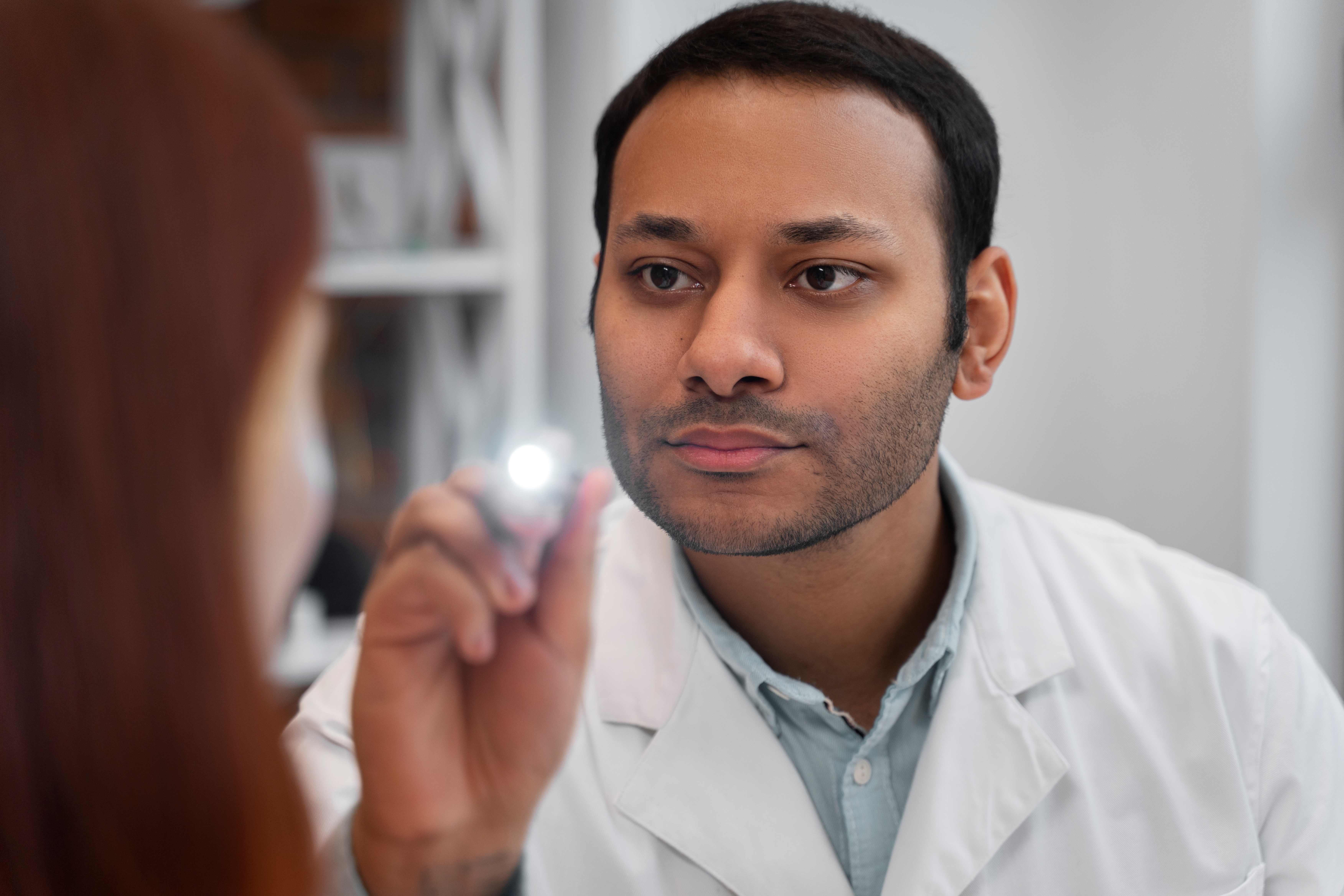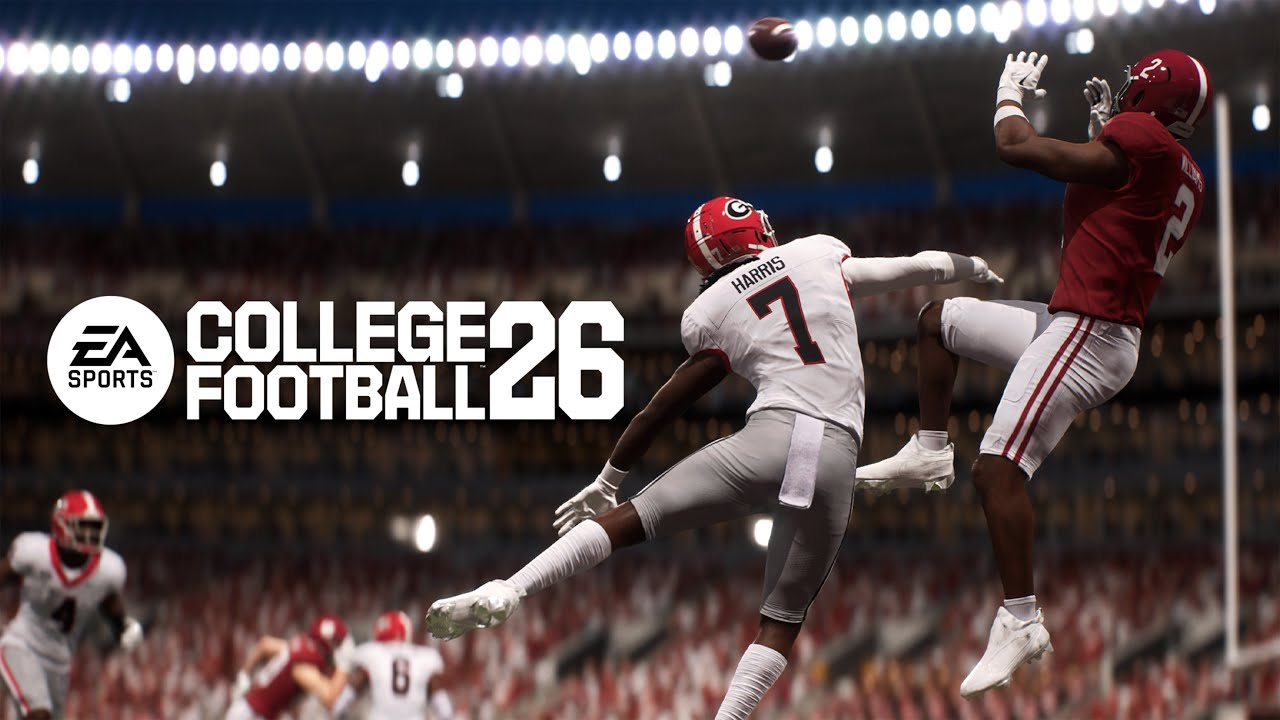The Critical Role of Professional Supervision: Why DIY Squint Exercises Often Fail

In the age of instant information, the temptation to take our health into our own hands is powerful. A quick search for "squint eye exercise" on the internet yields a flood of results: YouTube videos promising a quick fix, articles with "5 easy steps," and forum posts from people claiming to have cured themselves. The allure of a free, convenient, do-it-yourself solution is undeniable.
The desire for an accessible squint eye treatment at home is completely understandable. Many are seeking a non-invasive path and hope to find a simple solution they can manage themselves. However, when it comes to the intricate and complex neural pathways of our visual system, this DIY approach is not only often ineffective, it can sometimes be counterproductive.
Vision is not just about muscles; it's a deeply neurological process. While the drive for self-improvement is commendable, understanding why a professional, supervised program is essential is the first step toward achieving real, lasting results. This article explores the critical, often-overlooked reasons why a generic squint eye exercise from the internet often fails, and why expert guidance is the true key to success.
The Hidden Complexity: It's Not Just a "Weak" Muscle
The most common misconception about a squint (strabismus) is that it's simply a case of one eye muscle being "weaker" than the others. This leads people to believe that, like building a bicep, they can just "strengthen" the muscle with repetitive exercises.
Unfortunately, this is a vast oversimplification. A squint is a complex breakdown in binocular vision, the ability of the two eyes and the brain to work together as a seamless team. The root cause is often a problem with:
-
Neural Coordination: The brain isn't sending the correct signals to the eye muscles to keep them aligned.
-
Suppression: The brain is actively ignoring the information from one eye to avoid double vision.
-
Focusing (Accommodation): The eyes' focusing system may be working incorrectly, causing an eye to turn.
Trying to fix these intricate issues with a generic squint eye exercise is like trying to fix a complex software bug by shaking the computer. You're not addressing the root of the problem.
The Top 5 Reasons DIY Squint Exercises Often Fail
While a specific exercise, like a pencil push-up, might be a component of a professional therapy plan, performing it in isolation without guidance is where the problems begin.
1. Lack of a Proper Diagnosis
There isn't just one type of squint. There are dozens of variations: esotropia (inward turn), exotropia (outward turn), hypertropia (upward turn), and more. They can be constant or intermittent, affect one eye or alternate between them. An exercise designed to help the eyes converge (turn in) could be useless or even strain the system for someone whose primary issue is divergence (turning out). Without a comprehensive diagnosis from an eye care professional, you are essentially guessing at the right treatment for your unique condition.
2. The Unseen Barrier of Suppression
This is the single biggest reason DIY exercises fail. As discussed in other articles, suppression is the brain's defense mechanism of "muting" one eye to prevent double vision. No amount of muscle training will work if the brain has already decided to ignore the eye you're trying to train. A professional vision therapy program uses specific techniques, like dichoptic therapy, to actively break this suppression habit first. A generic squint eye exercise found online does not address this neurological barrier.
3. The Risk of Reinforcing Bad Habits
When you perform an exercise without an expert providing real-time feedback, you can easily do it incorrectly. To complete a task, you might be subconsciously:
-
Tilting your head slightly.
-
Using a "trick" posture to align the image.
-
Simply suppressing the weaker eye even more intensely.
Instead of building healthy binocular habits, you can end up reinforcing the very dysfunctional strategies your brain has been using for years. This can make future, proper treatment even more difficult.
4. No Progression or Personalization
Effective vision therapy is dynamic. A skilled optometrist starts with foundational activities and systematically increases the difficulty and complexity as your visual skills improve. This is called loading. A professional program for squint eye treatment in adults, for example, must be highly personalized to overcome deeply ingrained habits. A static list of exercises from a website cannot adapt to your progress. You may end up doing an exercise that is too easy to be effective, or too difficult to be possible, leading to frustration and abandonment.
5. The Absence of Real-Time Biofeedback
During a supervised session, a therapist is a crucial source of biofeedback. They can observe your eye movements and tell you, "Good, I can see both of your eyes are working together now," or "Try again, I saw your left eye drift." This immediate correction and confirmation is essential for learning. It's the difference between practicing with a coach and just hitting a ball against a wall. The professional ensures that the squint eye exercise is actually achieving its intended neurological goal.
The "Smart" Way to Do At-Home Treatment
The desire for the convenience of squint eye treatment at home is valid, and modern therapy has embraced this. The most effective programs now use a hybrid model. This form of squint eye treatment without surgery combines:
-
In-Clinic Sessions: For initial assessment, introducing new concepts, and using advanced equipment under direct supervision.
-
Supervised At-Home Programs: Using specialized software, apps, and digital tools that can be monitored remotely by your optometrist.
This gives you the best of both worlds: the convenience of practicing from home, combined with the safety, personalization, and expert oversight of a professional program.
Conclusion: The Value of an Expert Guide
While the internet is a powerful tool for information, it cannot replace the diagnostic skill and personalized guidance of a trained eye care professional. The difference between a failed attempt at a DIY squint eye exercise and a successful, life-changing therapeutic outcome lies in the expert who can accurately diagnose the problem, create a tailored plan, and guide you through the process every step of the way.
Before you spend hours on unproven exercises, invest in a single comprehensive assessment. It’s the safest, most effective first step on any journey toward clear and comfortable vision.
FAQs
Q1: Are there any safe squint exercises I can try at home?
While simple exercises like pencil push-ups are generally low-risk, their effectiveness is minimal without a proper diagnosis and an understanding of whether you are suppressing an eye. It's always best to get a professional assessment first.
Q2: Can you make a squint worse with the wrong exercises?
While it's unlikely to cause permanent damage, performing the wrong exercises can lead to significant eye strain, headaches, and the reinforcement of poor visual habits, which can make your condition harder to treat later.
Q3: How do I find a specialist for supervised vision therapy in India?
Look for a behavioral or developmental optometrist who specializes in binocular vision disorders and vision therapy. Many major cities in India have clinics dedicated to this form of specialized squint treatment.
Q4: Is supervised squint eye exercise expensive?
A supervised program is an investment in your health. While it costs more than a free online video, it is significantly less expensive than surgery and is designed to provide lasting, functional results.







